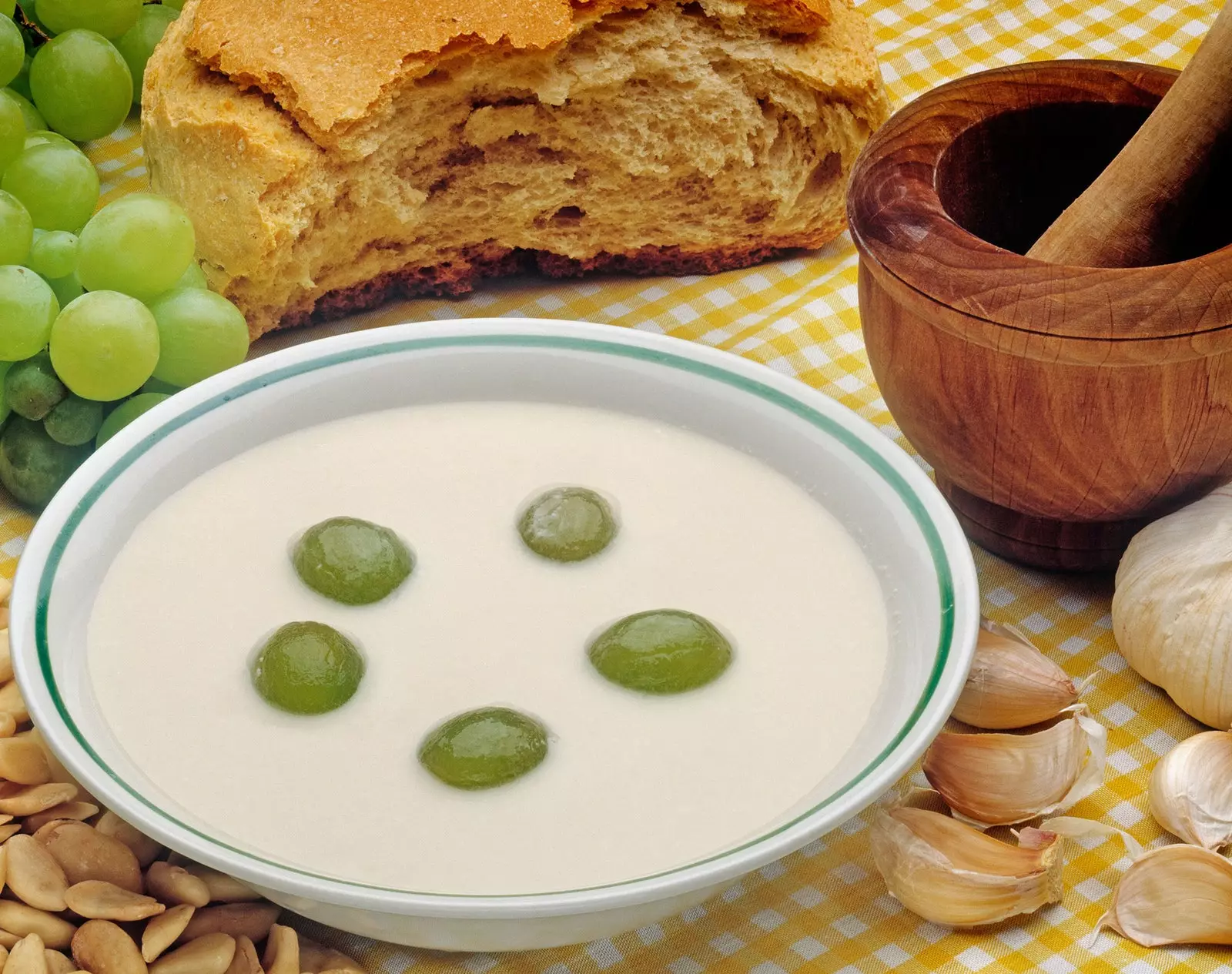
Is ajoblanco the oldest soup in Spain? Probably.
That the invention of ajoblanco is prior to gazpacho and salmorejo is evident, basically because In Spain there were no tomatoes until Christopher Columbus stepped on the Americas. For almost two thousand years, gazpachos and wet bread soups have been prepared in Spain, but It was the proliferation of almond groves in the south of our country that changed the history of this ancient dish.
Possibly two thousand years old
Although the almond is a very popular fruit due to the Muslim heritage, there is evidence that in Roman Hispania almonds were already used in the preparation of different dishes, mainly for the upper classes, so the origin of ajoblanco could hypothetically be located there and not in the cuisine of Al Ándalus How do you have a certain belief?
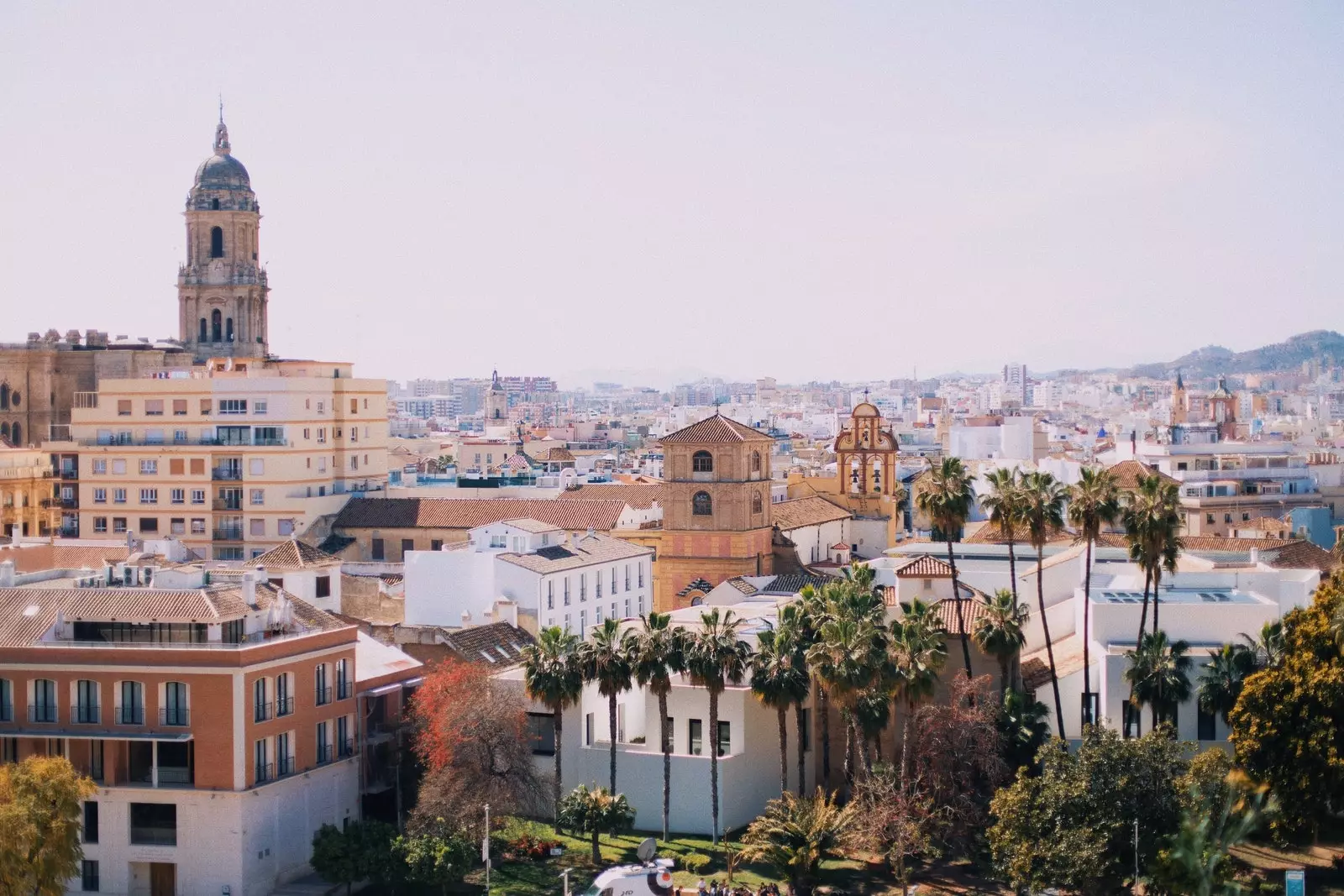
Ajoblanco is one of the most popular dishes in Malaga.
Already in the first century there was a Roman gastronome named Marco Gavio Apicio who spoke of certain dishes that were made by dipping bread with vinegar and almonds. Many of these dishes were made in Roman Hispania and possibly had some Greek influence. His work De re coquinaria was perhaps one of the compendiums of the patrician gastronomy of Imperial Rome. It already referred to these dishes, possibly referring to the mazamorra or ajoblanco.
Ajoblanco has passed from generation to generation as a popular dish, of those less well-off classes that dipping bread and seasoning it with vinegar could alleviate hunger. It has been present in some rooms of Don Quixote and also had a very important role after the Civil War. Spanish, since due to its simplicity it prevented many people from dying of hunger.
Today it is one of the most representative dishes of Malaga. Its preparation is very similar to salmorejo except that almonds are used in the recipe. It is traditional to accompany it with muscatel grapes or with something salty like ham. It is a very simple dish to make and very easy to find in any restaurant on the Costa del Sol if that is your destination this summer. It is a dish that requires a lot of care in the preparation and once you try it, you repeat.
The ajoblanco of a great from Malaga
The reason why Malaga and Extremadura (fundamentally Badajoz) have popularized ajoblanco, it is no coincidence; These are areas where a lot of almonds have always been produced, which is why they are very present in their gastronomy. Ajoblanco takes us to the oven in Spain, the part of our country where the temperatures at this time of year invite you to consume fresh things so it is not surprising that things were invented so as not to perish due to heat stroke.
What is clear is that summer is perfect for ajoblanco. And one of our most international Malaga natives, chef Dani García, knows a lot about ajoblanco. that he has not hesitated to open the doors of the Brasserie he runs on the iconic terrace of the Four Seasons Hotel in Madrid to Traveler.es to tell us about this dish that is so typical of his land. Dani tells us that ajoblanco is very Malagasy because of the climate, the culture and the roots, elements that make the Dani García Group have ajoblanco and the rest of the cold soups included in the menu all year round, regardless of the temperature or the season of the year.

Chef Dani García has ajoblanco all year round on his menu.
Dani tells us about his ajoblanco: "From our way of understanding this soup, the most important thing is to have a good almond since it is 90% of the base. In addition, precisely for this reason, to give importance to that special flavor of almonds, always we avoid excess garlic".
The man from Malaga, a great connoisseur of the land he treads, also tells us how his ajoblanco has been changing throughout this time: "It has undergone changes depending on the concept or what we wanted to convey or show to diners. For example, We have made an iced ajoblanco or, now, in Lobito we make it with figs or grapes and smoked sardines".
The advantage that gazpacho or salmorejo could have over ajoblanco could be due to the fact that a tomato is more associated with summer and heat than an almond. Dani is convinced that it is because of this and because of the freshness generated by consuming them. "Although we already Many years ago we showed that this opinion or feeling can be changed when we made the frozen ajoblancos", sentences the chef. We accept ship!
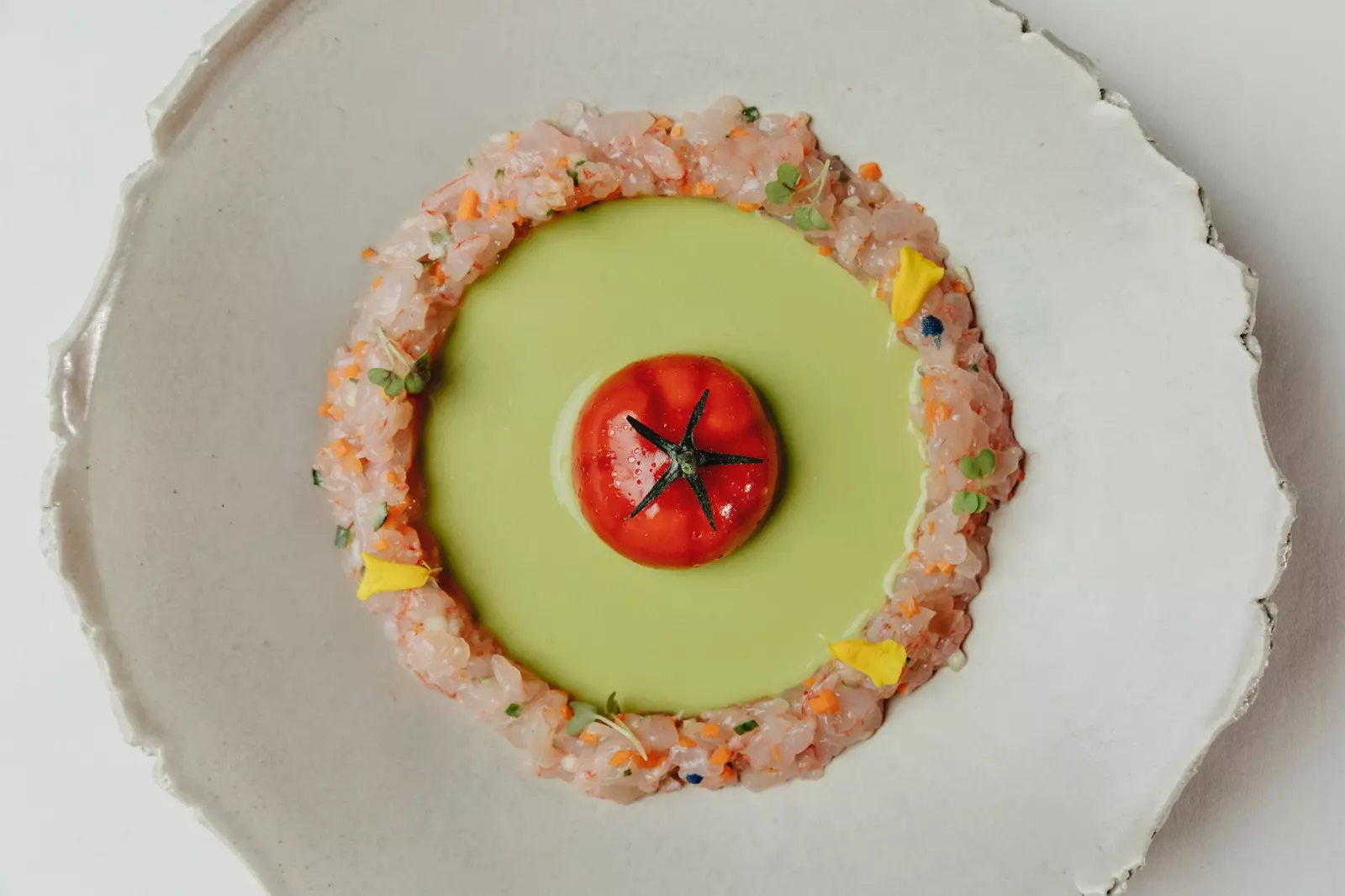
Another fresh soup, with nitro tomato and green gazpacho, Dani García's star dish.
The Four Seasons Brasserie does not forget the ajoblanco and the rest of the cold soups from Malaga. "Dani's letter from Four Seasons tries to show and bring my kitchen closer combining techniques with the good product to make the diner enjoy", emphasizes the chef, anticipating that you can find some cold soup (ajoblancos, gazpachos and salmorejos in different versions) but, of course, also flavors and products rooted in its cuisine such as tuna, either raw and** some cooked preparation such as onions.**
And outside of Malaga...
Today ajoblanco can boast of being one of the oldest cold soups of our gastronomy. But it is also one of the most versioned cold soups that we have since depending on the region you travel to you can find a most varied ajoblanco. Is there life beyond the ajoblanco from Malaga? Definitely yes.
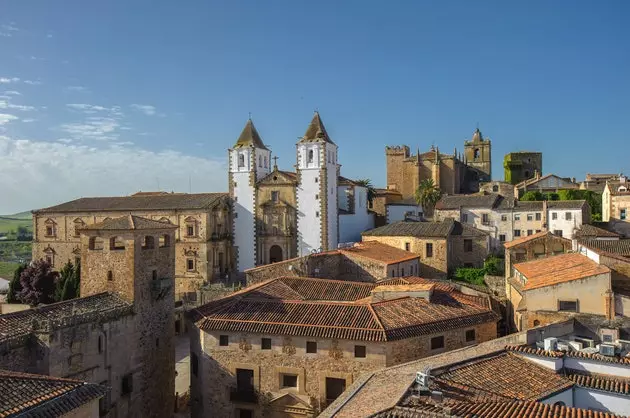
In Extremadura we find different versions of ajoblanco, also delicious.
Although Malaga is the part of Spain that has always preached its invention, the reality is that Granada, Córdoba and especially Extremadura have a lot to say in this regard. In fact, in Extremadura it has always been a dish related to pastoral cuisine, and they use other ingredients such as egg yolk or milk to form a sticky dough which will later be released with water. In some parts of Cáceres It is accompanied with potato blood sausage and ham, although it is normal to see it accompanied by figs and grapes.
Other variants of ajoblanco can be found in Córdoba and Granada. In fact in La Alpujarra Granada there is a version of ajoblanco that incorporates potatoes and green beans into the recipe, resulting in a completely different ajoblanco to what we are used to. Even They rescue broad bean flour, an ingredient that was used as a substitute for bread in times of famine. So if you step on La Alpujarra this year, in addition to the "soplillos" don't miss its peculiar ajoblanco (and its potato "asá").
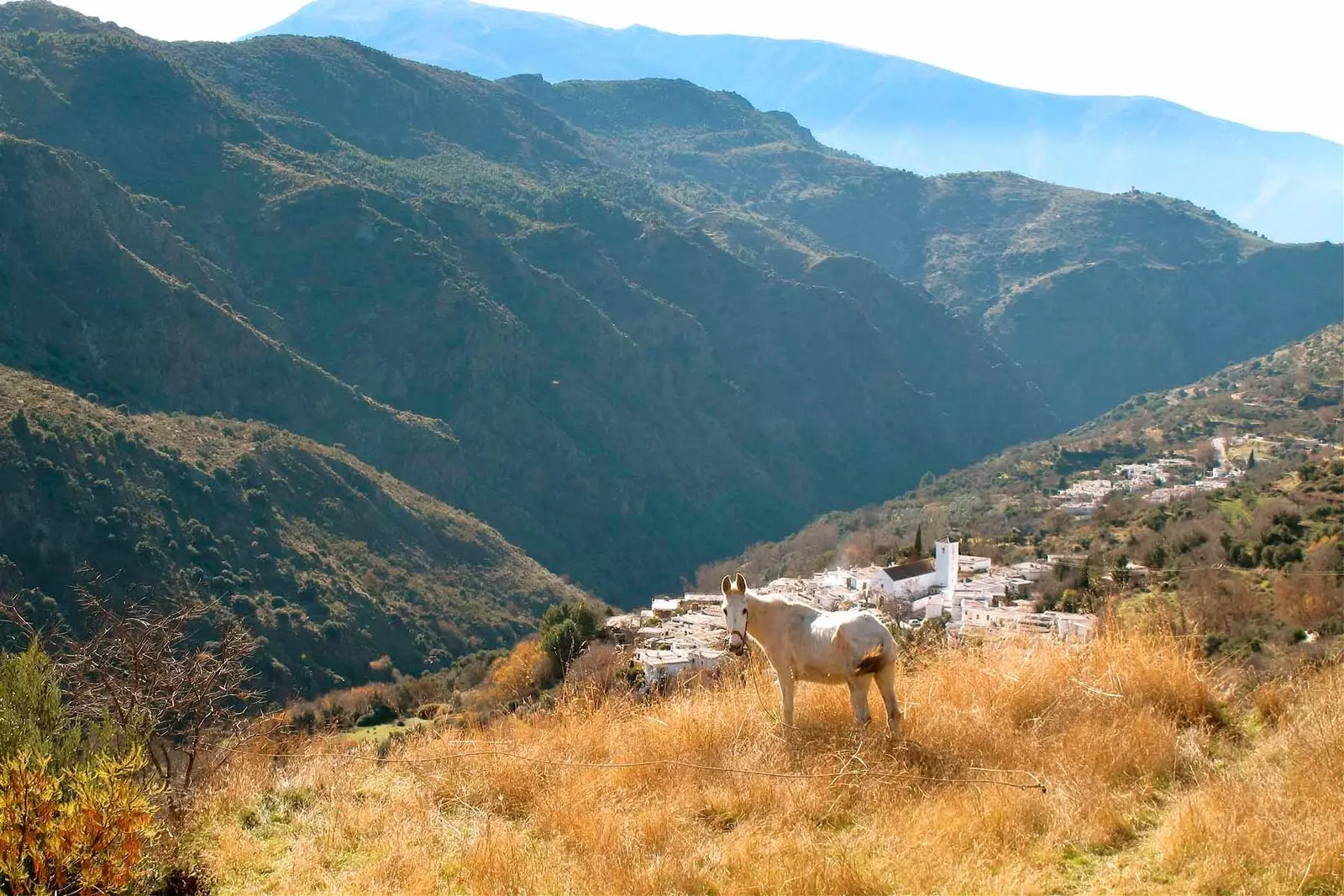
In La Alpujarra, ajoblanco follows a very different (and delicious) recipe.
